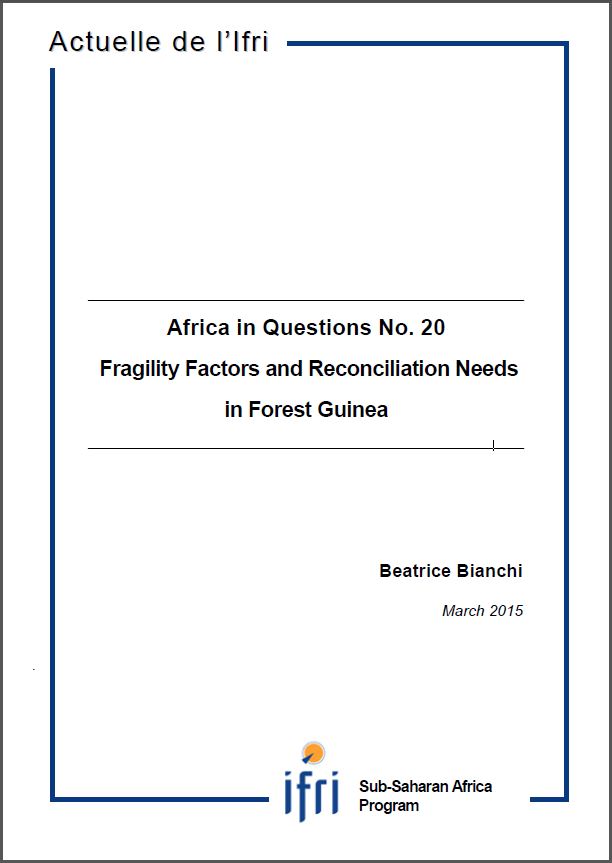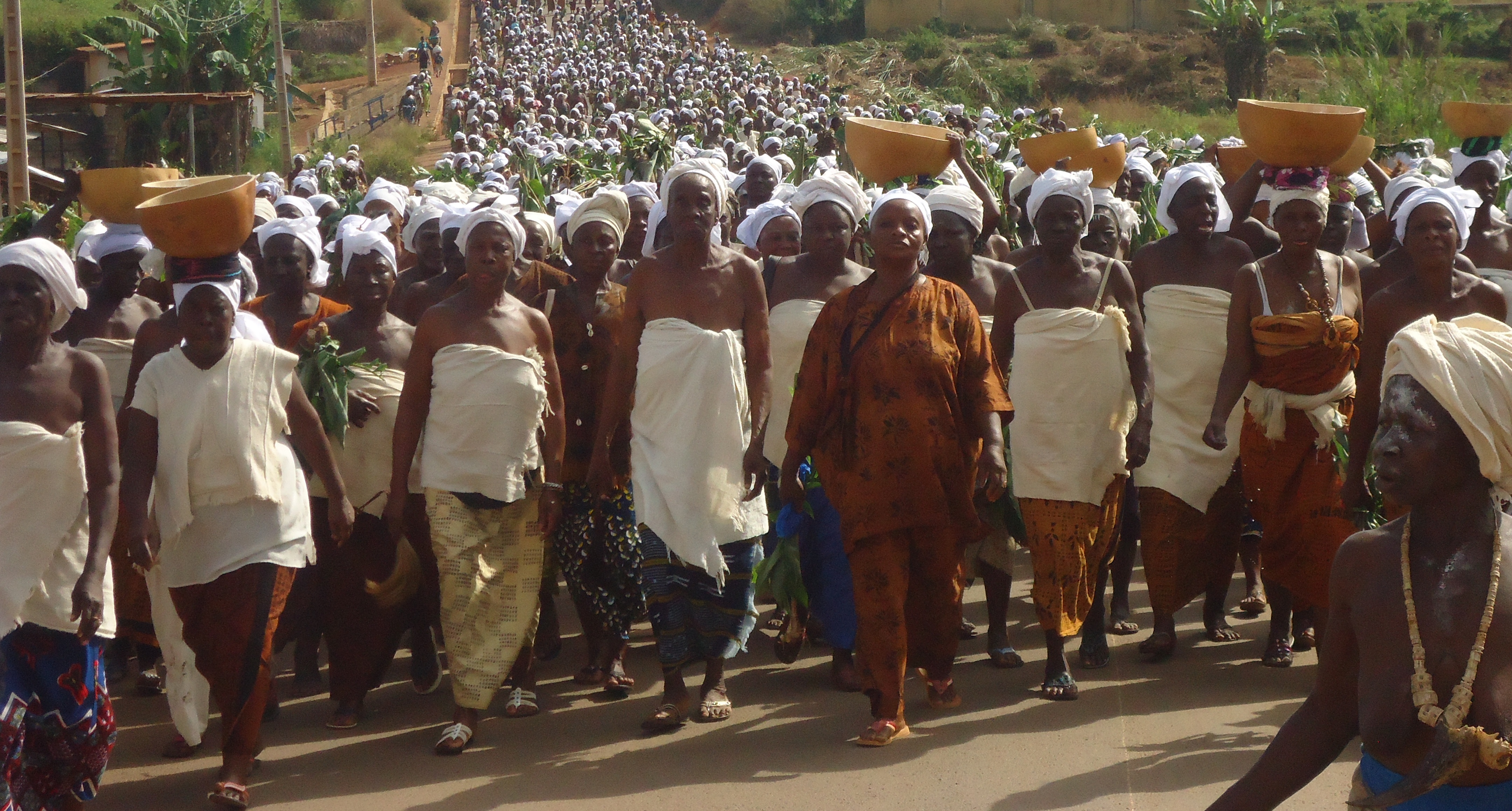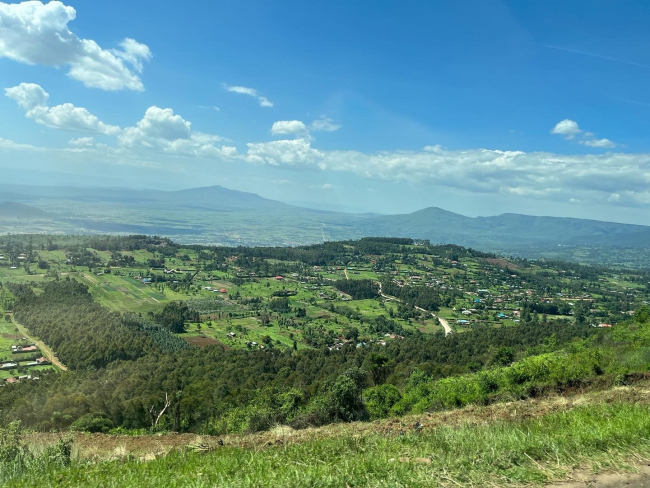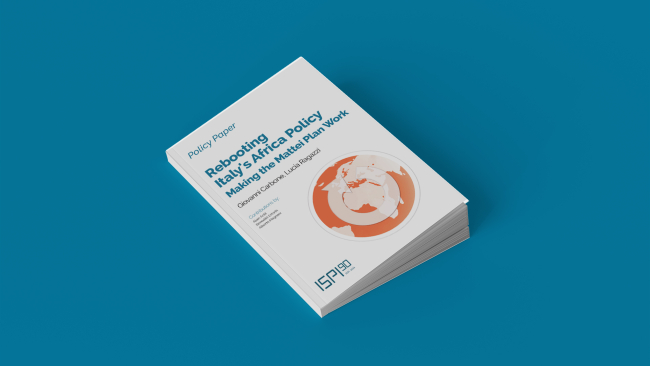Fragility Factors and Reconciliation Needs in Forest Guinea

In December 2013 the first Ebola cases surfaced in Guéckedou district, near the Liberian and Sierra Leon borders in the Forest Region of Guinea. The outbreak quickly spread from Forest Guinea to the rest of the country and, through the borders, to neighbouring countries. It took three months to identify the Ebola virus as the causative agent of the burgeoning epidemic, longer for the Guinean government to understand the importance of treating the outbreak as a national emergency, and even more time for everyone involved to appreciate the great social toll of Ebola.

As the epicentre of the epidemic, Forest Guinea felt the brunt of the disease and of the sudden intervention of outsiders into their communities. For a region where the State had previously been all but absent and even mistrusted, there was great resistance towards health care workers and outbreak control teams. Violence shortly followed. The most serious episode occurred in mid-September 2014 in Womey, an ethnic forestier village located in an area of major international mining interests near the region’s capital of Nzerekoré. Villagers who suspected a government-led health education delegation of in fact spreading the virus killed eight members of the team. The government reacted by militarising the town. The scared inhabitants fled into the surrounding forest for several weeks as fear of a government reprisal and rumours of former ULIMO and Dozos militias among the army circulated. Looting and lawlessness ensued. It was not until November of that year that residents could return to their village.
The cultural, social and political environments in Forest Guinea have developed a complex matrix of structures that renders the region both fragile and unstable. The Ebola outbreak, and in particular the Womey episode, should be taken as a paradigm that reflects the latent forces affecting the region. This is characterised by a combination of intercommunal tensions, disenfranchisement from power, and perceptions of insecurity. The aim of this short paper is to provide a socio-political framework through which the structural violence of the Forest Guinea region can be understood.

Available in:
Regions and themes
Share
Download the full analysis
This page contains only a summary of our work. If you would like to have access to all the information from our research on the subject, you can download the full version in PDF format.
Fragility Factors and Reconciliation Needs in Forest Guinea
Related centers and programs
Discover our other research centers and programsFind out more
Discover all our analysesAnglo-Kenyan Relations (1920-2024) : Conflict, Alliance and a Redemptive Arc
This article provides an evidentiary basis for postcolonial policy in its analysis of Anglo-Kenyan relations in a decolonization era.
When City Diplomacy Meets Geopolitics: A Framework to Help Cities Navigate Geopolitical Risk
Crises and the increasing polarization of international relations make political risk analysis an indispensable resource for internationally active public and private entities.
The United Nations Mission in Congo or the exemplary uselessness of the United Nations peacekeepers
During the M23 conflict in 2012-2013 in the Democratic Republic of Congo (DRC), the United Nations (UN) took the diplomatic initiative (by initiating the Addis Ababa agreement) and the military initiative (by launching a coordinated counter-offensive with the Congolese army). Since the resurgence of this conflict in 2022, the United Nations, which still has more than 10,000 peacekeepers deployed in eastern DRC, no longer plays any role.
Rebooting Italy's Africa Policy: Making the Mattei Plan Work
Against the backdrop of increasing anti-French rhetoric across parts of Francophone Africa, the relative failure of the counterinsurgency operation in the central Sahel (Operation Barkhane) and diplomatic rifts with several Sahelian countries, Paris has been rethinking its relationship with the continent for several years now. As a former imperial power that has seen its colonial domain in Africa gain independence between 1956 (Morocco-Tunisia) and 1977 (Djibouti), France has invented two successive roles for itself in Africa since 1960, particularly in French-speaking sub-Saharan Africa.








